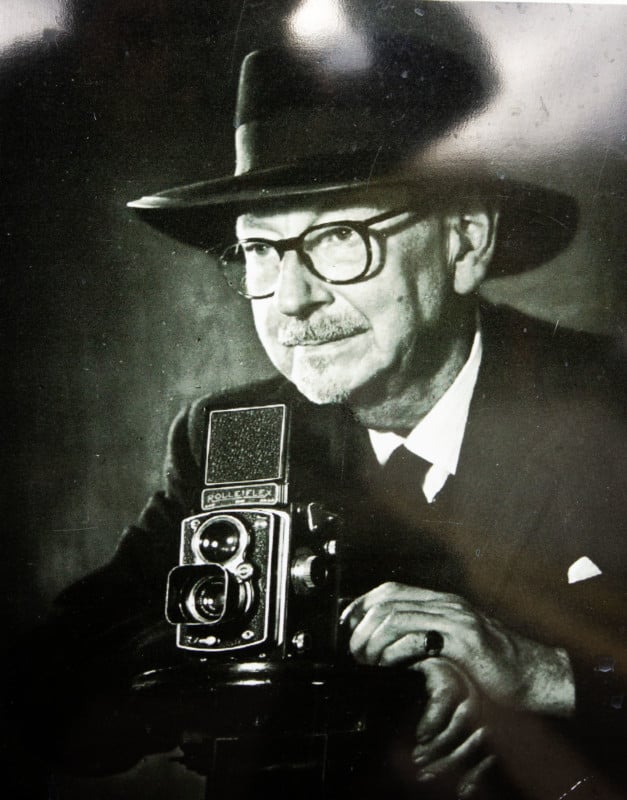1950s Photo Studio is a Perfectly Preserved Time Capsule
![]()
E. Chambré Hardman was a prominent British photographer in the 20th century, his career started in the 1920s and stretched into the 1970s.
However, what makes Hardman particularly note-worthy is his photo studio remains preserved and visitors can even tour the place where thousands of portraits were taken.
Hardman’s home studio in Liverpool, England, where he worked along with his talented wife Margaret Mills, still has his photo equipment, studio and darkroom in the house where he lived and eventually died in.
![]()
![]()
The remarkable tourist attraction, operated by the National Trust, is the only known example of an in-tact 20th-century photographic studio in Britain, and possibly unique in the wider world.
Working Photographer
Found in the house are massive 8×10 large format cameras. However, these are thought to be largely for show and Hardman did most of his work on medium format 6×7 cameras that let the photographer take two images per slide.
![]()
![]()
Hardman’s studio was considered upmarket and his prices reflected this. His standard fee was £5.5.0 guineas, that’s $234 in today’s money. For that, the client would get a photo sitting and two finished portraits in any size up to 9×7 inches.
Hardman would go the extra mile to ensure his sitters looked their best, separating him from the cheaper photo studio competitors. That means hair and makeup before entering his studio as well as post-processing in the darkroom. Wayward locks of hair could be edited out, for example.
![]()
![]()

Masking is a term photographer associate with Photoshop, but hanging in Hardman’s darkroom was an actual mask used to emphasize or understate certain elements in a photo while printing in the darkroom.
Hardman’s wife Margaret Mills was said to be exceptionally talented in the darkroom. Mills became his business partner and photographic companion.
Good Times and Bad Times
Despite earning a living as a portrait photographer, Hardman was most passionate about landscape photography. His most famous photo, The Birth of the Ark Royal, became the most reproduced photograph that illustrated the era of Liverpool’s commerce.
![]()
![]()
![]()
Hardman moved into his studio in 1948. He had been exceptionally busy during the Second World War with servicemen wanting a family picture to take with them to the frontline.
By the mid-1960s, formally studio photography was in decline and so was Hardman who retired around this time.
![]()

Sadly, his wife Mills died of cancer in 1969 and he was left on his own in their photo studio for the next decade, struggling with mobility so much that local authorities got involved.
A local photo gallery owner witnessed carers stuffing Hardman’s negatives into bin bags. Recognizing the historical records being thrown away he set up a trust in Hardman’s name. Eventually, this was transferred to the National Trust who now operate the house.
The Hardmans’ House, located in Liverpool, England, can be visited on certain days. The website for it can be found here.
Image credits: Photos by Matt Growcoot for PetaPixel.